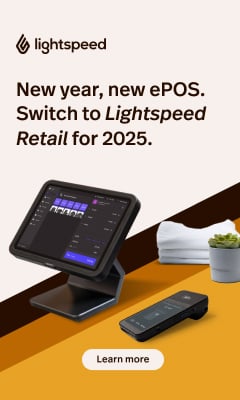1 in 3 have tried mobile commerce
Study shows more people shop online from mobiles but lack of secure payment services and unclear pricing for mobile data prevents widespread adoption
A consumer study of mobile commerce habits from ATG reveals that 38 per cent of UK consumers have tried to shop online from their mobiles, but 28 per centof those who have tried it find it a difficult way to shop. The results reveal that while consumer interest is rising, mobile operators and handset operators need to work together to address concerns for m-commerce adoption to rise.
One in three UK respondents (39%) say they would be more likely to shop using their mobiles if retailers provided secure and easy payment services. Twenty-four per cent think offering mobile-only offers and incentives will encourage adoption. Twenty-two per cent believe retailers should design websites optimised for smaller screens to encourage use. Yet, despite the growing popularity of mobile applications, just fifteen per cent of UK consumers feel developing specific commerce-related applications would entice them to shop using their mobile. The survey shows use of m-commerce would increase if retailers offered customers more personal optimised experiences to suit changing lifestyles and tastes.
Respondents also say unclear pricing (34%) and slow network speeds (27%) are the biggest barriers to mobile commerce adoption. Consumers want handset manufacturers to offer phones with bigger screens (29%), more affordable smartphones (29%) and Wi-Fi enabled phones so they can connect to their home Internet connection for no additional cost (24%) to boost m-commerce uptake. If concerns are addressed, respondents would buy cinema and theatre tickets (31.1%), music and DVDs (30.7%) and takeaways (25%) from their mobile. This indicates that if operators and handset manufactures worked together to offer more clarity on pricing and services, adoption rates would improve.
Frank Lord, managing director, ATG EMEA, comments on the findings, “There’s no doubt purchasing patterns are changing and mobile commerce will be more common in the future. But there is a still a lot of work to be done by operators, handset manufacturers and retailers alike to make mobile shopping a reality. Offering more affordable smartphones, faster networks and clearer pricing will help telcos and handset manufacturers tap into this emerging industry. While retailers need to address security and payment services to ensure mobile commerce is incorporated into overall commerce strategies. What’s most important is customers receive a seamless commerce experience from anywhere whether it’s in-store, online, by phone or via the mobile internet. Personalising services and channels for customers will ultimately deliver the type of shopping experience they want.”













